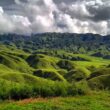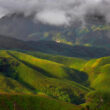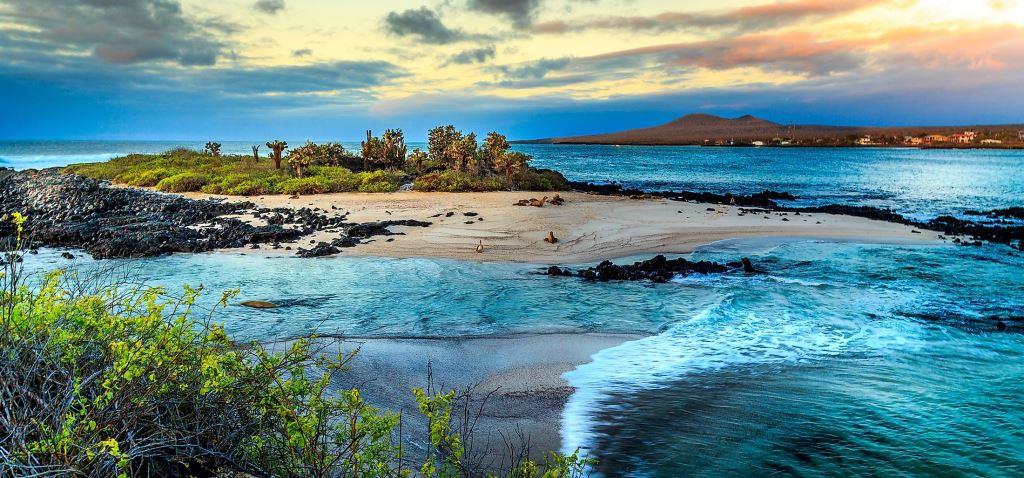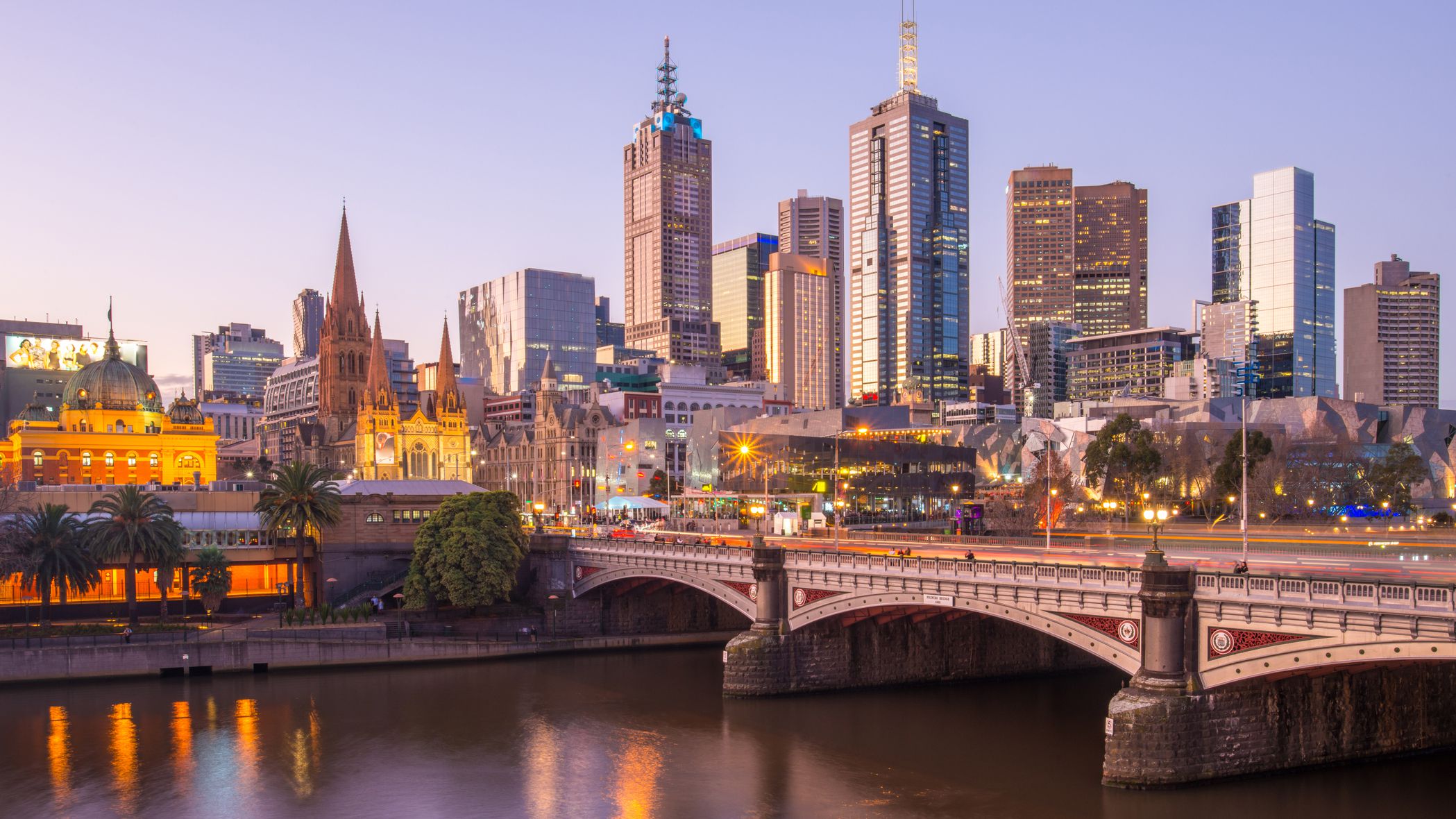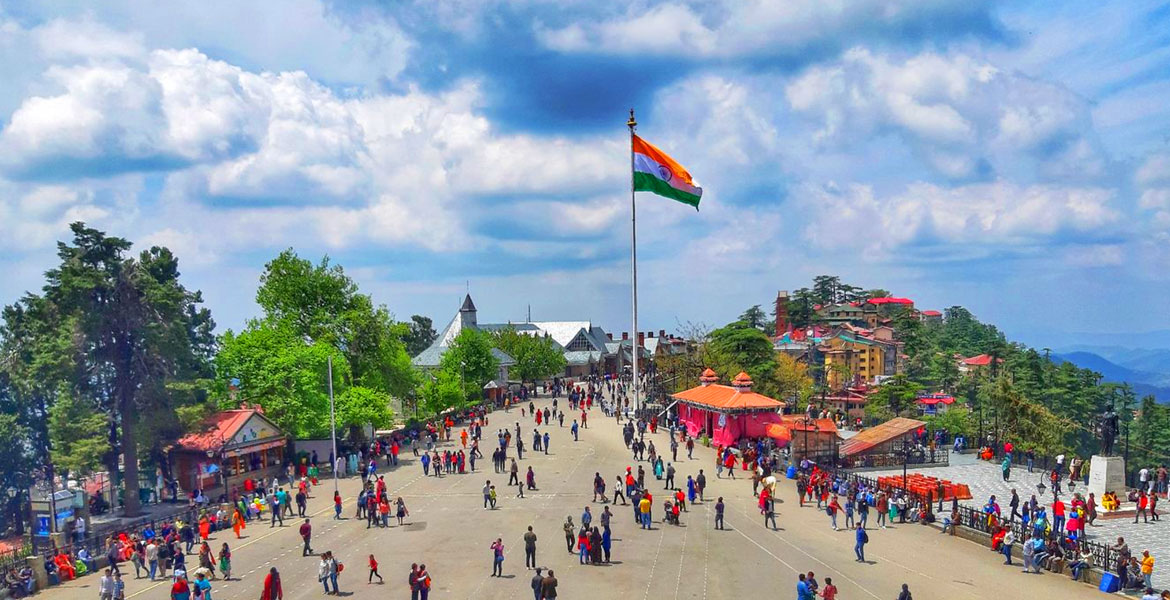A volcanic archipelago in the Pacific Ocean 1,000 km (620 mi) off the coast of Ecuador, The Galapagos Island is a wild landscape that contains arguably the most fascinating wildlife on the planet. Many of its animal species are found nowhere else in the world. The islands that make up the Galapagos vary in their landscape from rocky and barren to lush and tropical.
What kind of landscape you get depends on which island you’re built on: the smaller islands to the east of the Galapagos are rocky, while the older islands to the west—where vegetation has taken hold and broken up the hard, volcanic rock. Given – are greener.
The Galapagos is one of the most remote, unique, and remarkable destinations in the world. For travelers traveling to these islands, there are two main itineraries to choose between: East Island or West Island.
The eastern route visits more human habitable areas, while the western route is more remote. Here’s a brief rundown of what you can find in both directions:
Galápagos itinerary A: The eastern route

The Galapagos Island
Baltra Island: Almost all itineraries begin on this island as it is the location of one of two international airports in the Galapagos.
Santa Cruz Island: This is one of the two main inhabited islands of the Galapagos. This includes places such as downtown Puerto Ayora, Bachas Beach, the forested highlands, and the famous Charles Darwin Research Station.
San Cristóbal: This island includes Puerto Baquerizo Moreno, Punta Pit, San Cristóbal Interpretation Center, Tijeratas Bay, and León Dormido Rock.
Floriana Island: Sites include the famous Punta Cormorant, Highlands, Post Office Bay, Devil’s Crown and Inlets of Enderby, Champion and Watson, Gardner Islets, and The Bottle.
Espaola Island: This island includes spectacular Punta Suárez, Gardner Bay, the waved albatross colony, a turtle repatriation site, and Tortuga Rock.
Some itineraries include stops in Santa Fe (for spotting sea lions, sea turtles, and sharks), a short hike to Bartolome, or North Seymour for more wildlife viewing.
Galápagos itinerary B: The western route

The Galapagos Island
Baltra Island: Almost all itineraries begin on this island as it is the location of one of two international airports in the Galapagos.
Genovesa Island: Also known as “Bird Island”, Genovesa is an extinct shield volcano whose caldera is now filled with sea. It is home to some of the most extraordinary birds of the Galapagos. Sites include Darwin Bay and the Prince Philips Steps. Bartolome: Most boats stop here for the view, or to snorkel around Pinnacle Rock.
Santiago Island: A stop on this island can include visits to James Bay, Sullivan Bay, Chinese Hat, Buccaneer Cove, and Rabida Island.
Isabella Island: Isabella is the largest island in the Galapagos and includes sites such as Elizabeth Bay, Punta Vicente Roca, Urbina Bay, and Tagus Cove. Visitors can hike to the rim of the caldera of the giant Sierra Negra volcano, and visit the Turtle Breeding Center.
Fernandina Island: The smallest island in the Galapagos, boats are able to land here to view the lava fields of Puna Espinoza, which are filled with sea iguanas and sea lions.
On these two routes, you’ll see mostly the same animal, with one major exception: the eastern route gets the exempt albatross, while the western route gets the flightless cormorant. In addition, heading east offers more opportunities to walk on pristine beaches and snorkel with sea lions, while adopting the western path leads to some of the more geologically interesting islands of the Galapagos. So which one is the best? Ultimately, this is a very personal choice. No matter which route you choose to the Galapagos Islands, it will surely result in memories of a lifetime.

